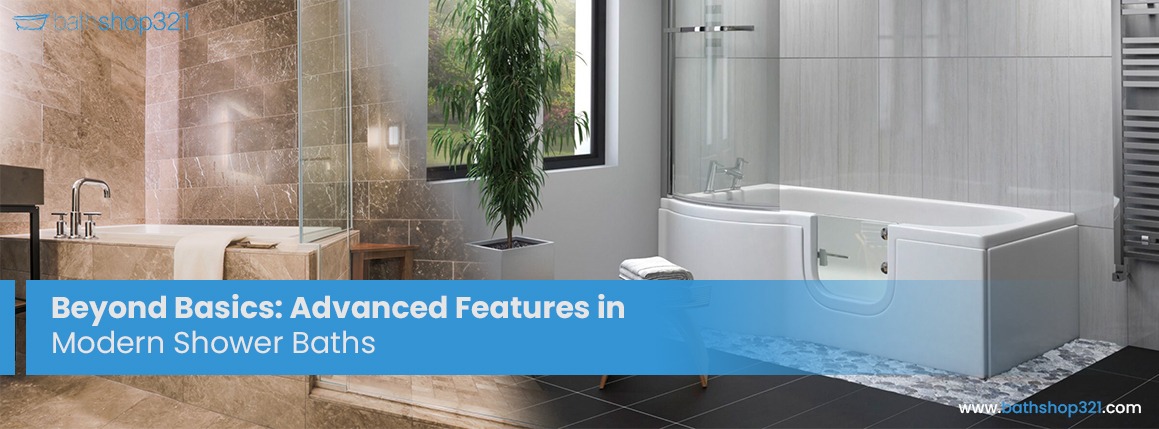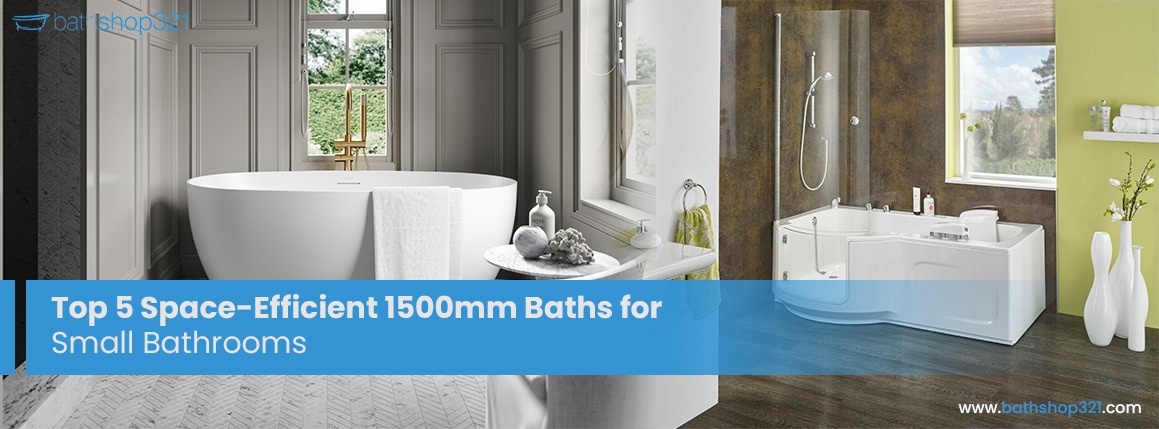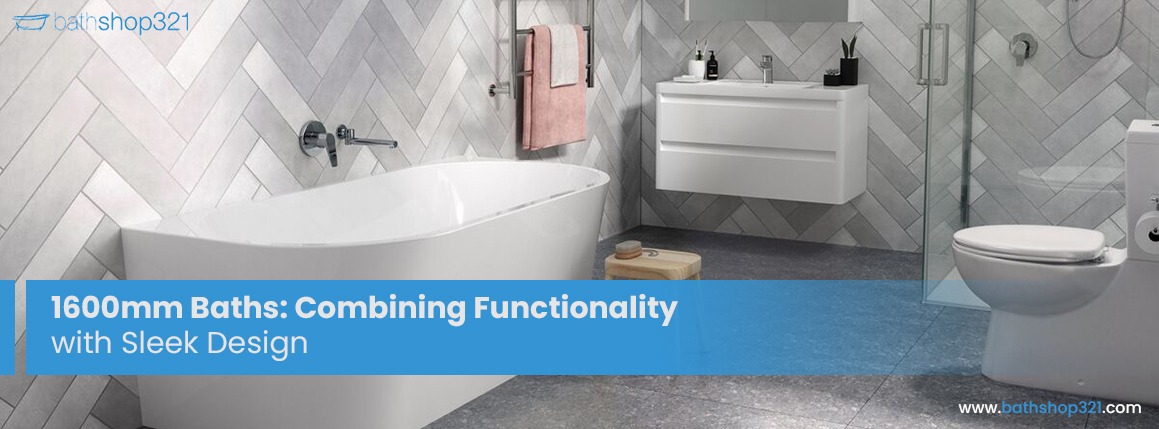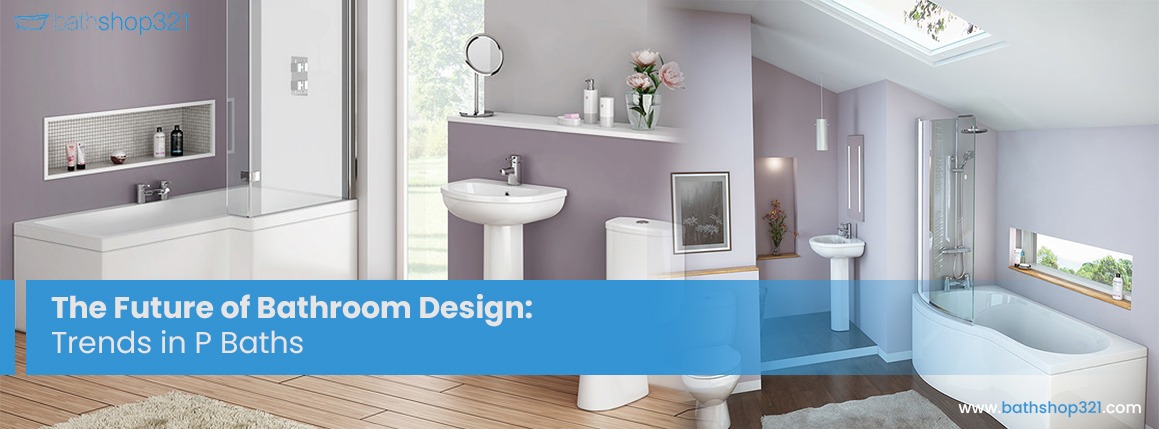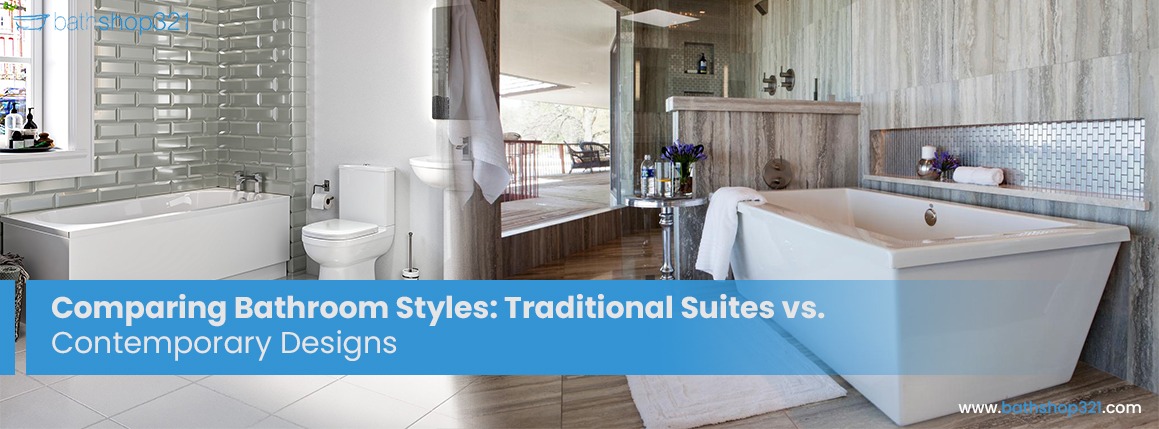Budgeting for Your New P Shape Bath: Costs and Considerations
Budgeting for Your New P Shape Bath: Costs and Considerations
Introduction: Financial Planning for Bathroom Renovations
Renovating a bathroom and installing a new p shape bath involves several financial considerations. From the cost of the bath itself to installation and additional features, effective budgeting is essential to ensure your project stays within financial boundaries without compromising on quality or functionality.
Understanding the Costs
- P Shape Bath Unit: The cost of a p shape bath can vary widely based on material, brand, and additional features. Standard models might start at a few hundred dollars, while luxury versions can reach several thousand.
- Installation: Professional installation costs depend on the complexity of the job. This includes plumbing adjustments, structural changes, and whether additional fixtures are being installed.
- Materials and Supplies: Besides the bath, consider the costs for necessary building materials such as tiles, cement, grout, and plumbing supplies.
Additional Financial Factors
- Labor Costs: These can vary depending on your location and the expertise of the professionals hired. It’s wise to get multiple quotes to find the best balance of cost and quality.
- Unforeseen Expenses: Always allocate a portion of your budget (typically 10-20%) for unexpected costs. This might cover issues like water damage discovered during renovation or the need for additional structural support.
- Permits and Fees: Some locations require permits for bathroom renovations, especially if you are altering plumbing or electrical setups. Check local regulations and factor these costs into your budget.
Tips for Cost-Effective Bathroom Renovation
- Compare Prices: Shop around and compare prices for p shape baths and the necessary installation materials. Look for sales or discounts, especially during off-peak renovation seasons.
- DIY What You Can: Consider what aspects of the renovation you can realistically handle yourself, such as demolition, painting, or even simple tile work. This can significantly reduce labor costs.
- Reuse Existing Fixtures: If possible, reuse existing fixtures or materials. For example, refurbishing existing cabinets or fixtures can save money and add character.
- Prioritize Investments: Focus your budget on high-impact areas. Investing in a high-quality p shape bath and skimping on less visible elements can be a wise trade-off.
Long-Term Considerations
- Energy Efficiency: Investing in water-efficient taps and showers might cost more upfront but can lead to significant savings on water and heating bills over time.
- Resale Value: Quality bathroom renovations, especially those that improve functionality and aesthetic appeal, can increase your home's market value, making them a worthwhile investment.
Conclusion: Balancing Cost and Quality
Budgeting for a new p shape bath involves balancing upfront costs with long-term investments. By carefully planning your expenses, seeking cost-saving opportunities, and prioritizing where to allocate funds, you can achieve a beautiful and functional bathroom renovation that meets your financial constraints and adds value to your home.
